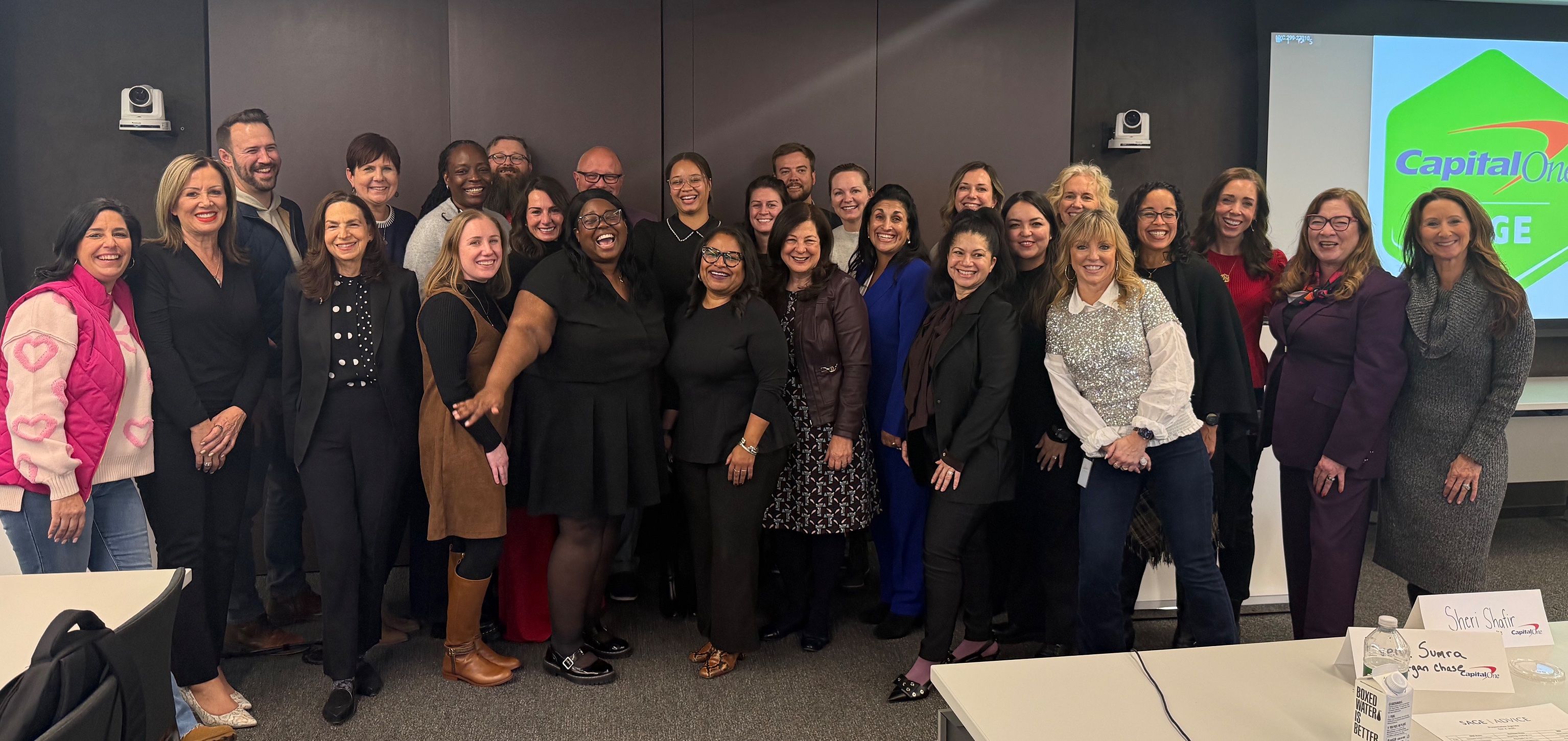Value Judgements | Odgis + Co
LMA
1/10/2014
The title of the LMA’s October 24, 2013 event, held at the Harmonie Club in Manhattan, put it succinctly: “Value: The Key Differentiator.” The focus of the get-together was to determine how, exactly, general counsels define “value” in the services they provide — in both a legal-advisory context and the overall benefits to a firm and its clients.
At the dais to shed light on the topic were an array of corporate legal specialists: Aric Press, Senior Vice President and Editor-in-Chief of ALM; David Brill, executive vice president and general counsel for American Stock Transfer & Trust; Anastasia Danais, Vice President of Legal Affairs for the National Football League; and Jessica Pollack, Chief Customer-Development Counsel at Colgate-Palmolive. The companies they came from were diverse, but their message was congruent: Interpersonal relationships, the primary storehouse of value, trump all.
Some key takeaways:
Spend time learning about your client’s organization and structure. What is your client’s role, and his or her preferred strategy for progress? In effect, a relationship of this nature is never fully consummated — always remain in the courting stage with your clients, taking nothing for granted.
Don’t waste time, your client’s or your own. Be direct, setting clear expectations for both of you. Be responsive, too: Address all your client’s needs promptly, taking care of basic requests as well as extinguishing modest brush fires before they turn into conflagrations.
Not literally, of course, unless your client is an itinerant vaudevillian. But view your services as layers of assistance, which gradually reveal themselves like the folds of the harmonic instrument as it broadens. In other words, proceed with deliberation, and don’t “over lawyer.” Have a sense of proportion about your client’s needs and wishes and how best to deliver on them.
Always encourage a dialogue to ensure that you and your client are talking to each other, not past each other. (And to ensure you’re not the only one talking.) The greater familiarity this breeds will make you better able to both look down the road (i.e., plan sensibly for the future) and around the corner (foresee, and prepare for, the unexpected). Doing so helps you demonstrate the value you bring — and leads to productive, mutually trustworthy, long-term client relationships.
Article originally posted in the NYLMA News, Legal Marketing Association's Winter 2013 Issue.
At the dais to shed light on the topic were an array of corporate legal specialists: Aric Press, Senior Vice President and Editor-in-Chief of ALM; David Brill, executive vice president and general counsel for American Stock Transfer & Trust; Anastasia Danais, Vice President of Legal Affairs for the National Football League; and Jessica Pollack, Chief Customer-Development Counsel at Colgate-Palmolive. The companies they came from were diverse, but their message was congruent: Interpersonal relationships, the primary storehouse of value, trump all.
Some key takeaways:
EMPLOY THE PERSONAL TOUCH
Spend time learning about your client’s organization and structure. What is your client’s role, and his or her preferred strategy for progress? In effect, a relationship of this nature is never fully consummated — always remain in the courting stage with your clients, taking nothing for granted.
SHEPHERD THE HOURS WISELY
Don’t waste time, your client’s or your own. Be direct, setting clear expectations for both of you. Be responsive, too: Address all your client’s needs promptly, taking care of basic requests as well as extinguishing modest brush fires before they turn into conflagrations.
MASTER THE ACCORDION
Not literally, of course, unless your client is an itinerant vaudevillian. But view your services as layers of assistance, which gradually reveal themselves like the folds of the harmonic instrument as it broadens. In other words, proceed with deliberation, and don’t “over lawyer.” Have a sense of proportion about your client’s needs and wishes and how best to deliver on them.
STAY CONVERSANT
Always encourage a dialogue to ensure that you and your client are talking to each other, not past each other. (And to ensure you’re not the only one talking.) The greater familiarity this breeds will make you better able to both look down the road (i.e., plan sensibly for the future) and around the corner (foresee, and prepare for, the unexpected). Doing so helps you demonstrate the value you bring — and leads to productive, mutually trustworthy, long-term client relationships.
Article originally posted in the NYLMA News, Legal Marketing Association's Winter 2013 Issue.


